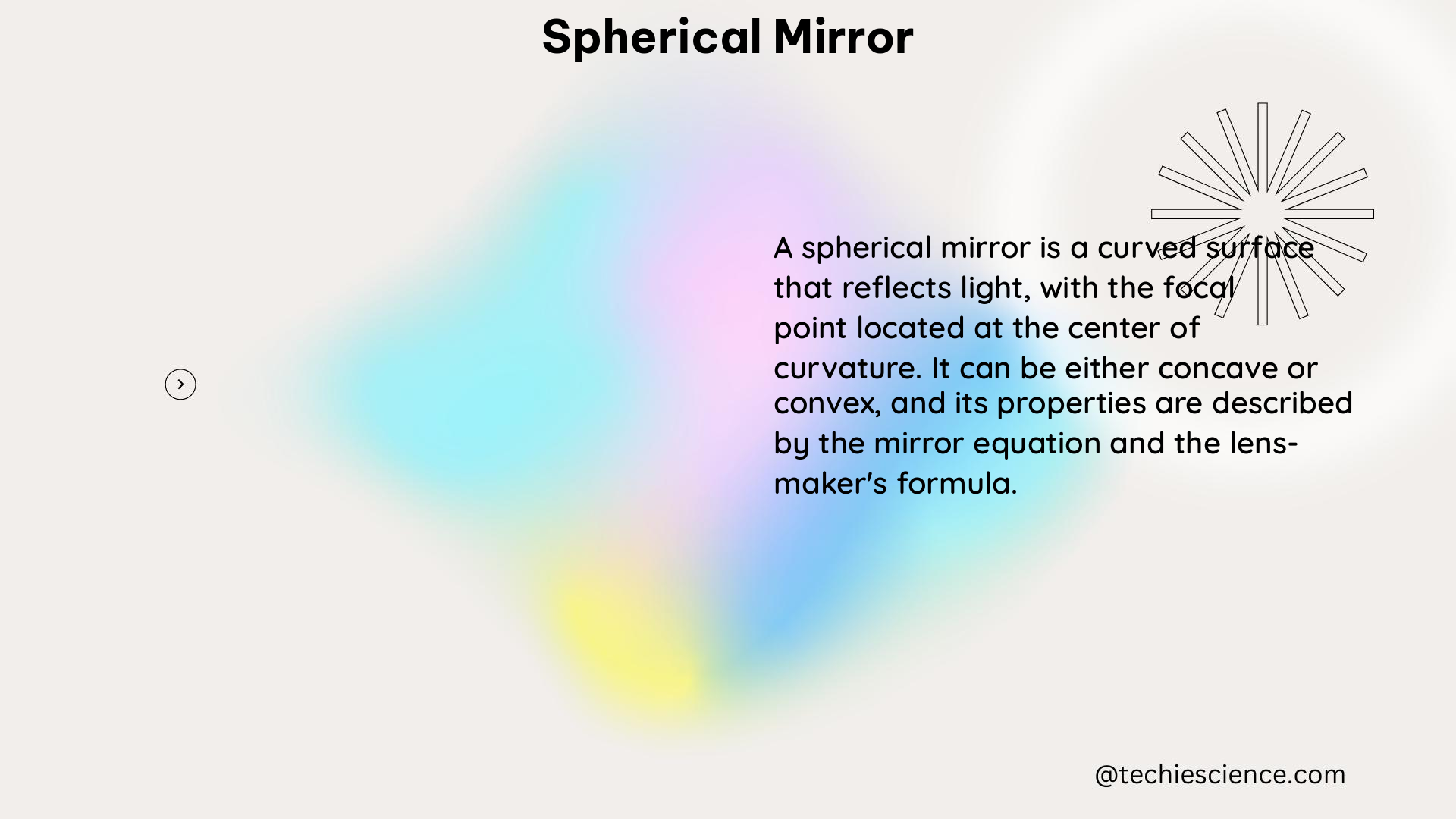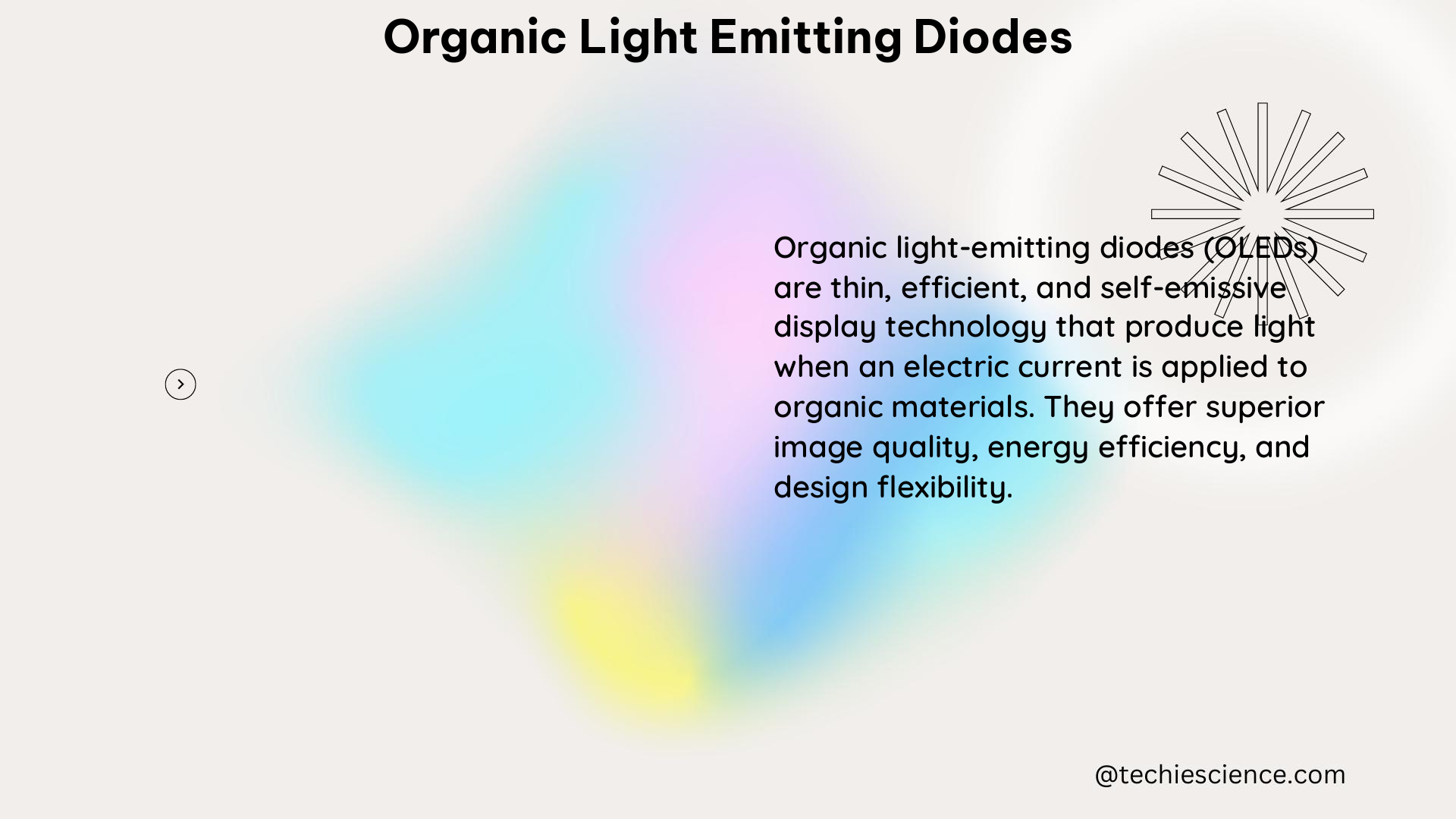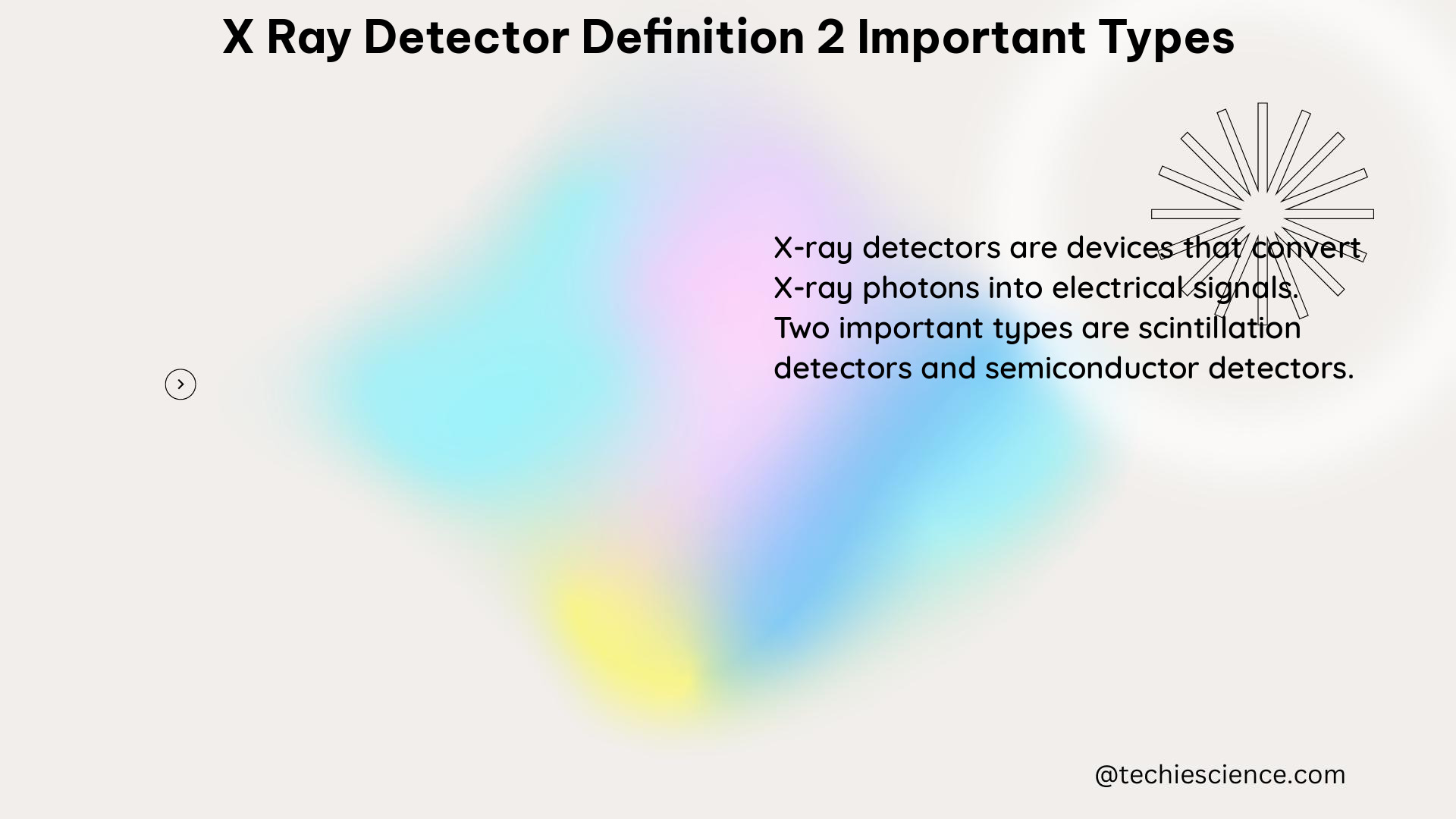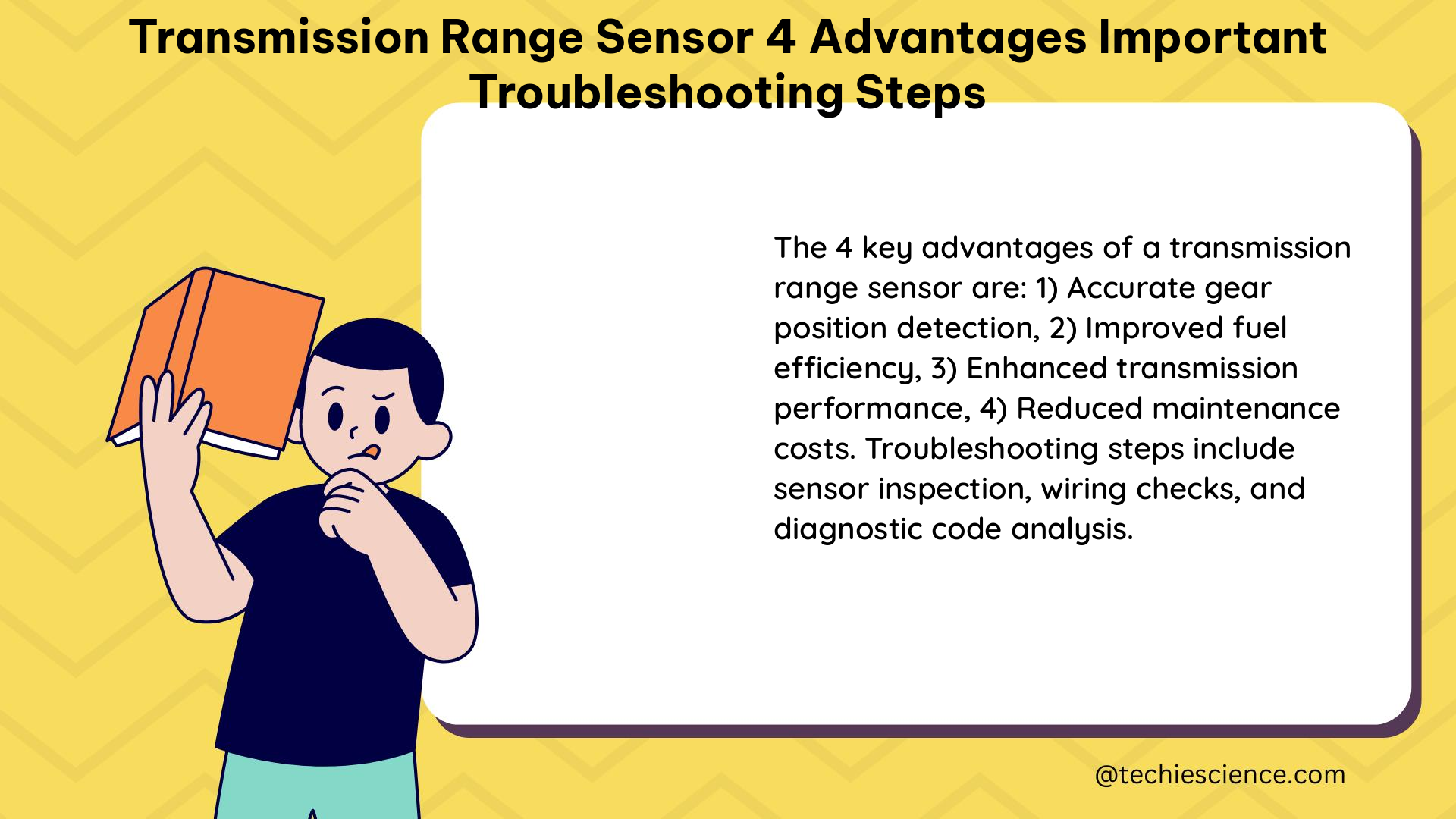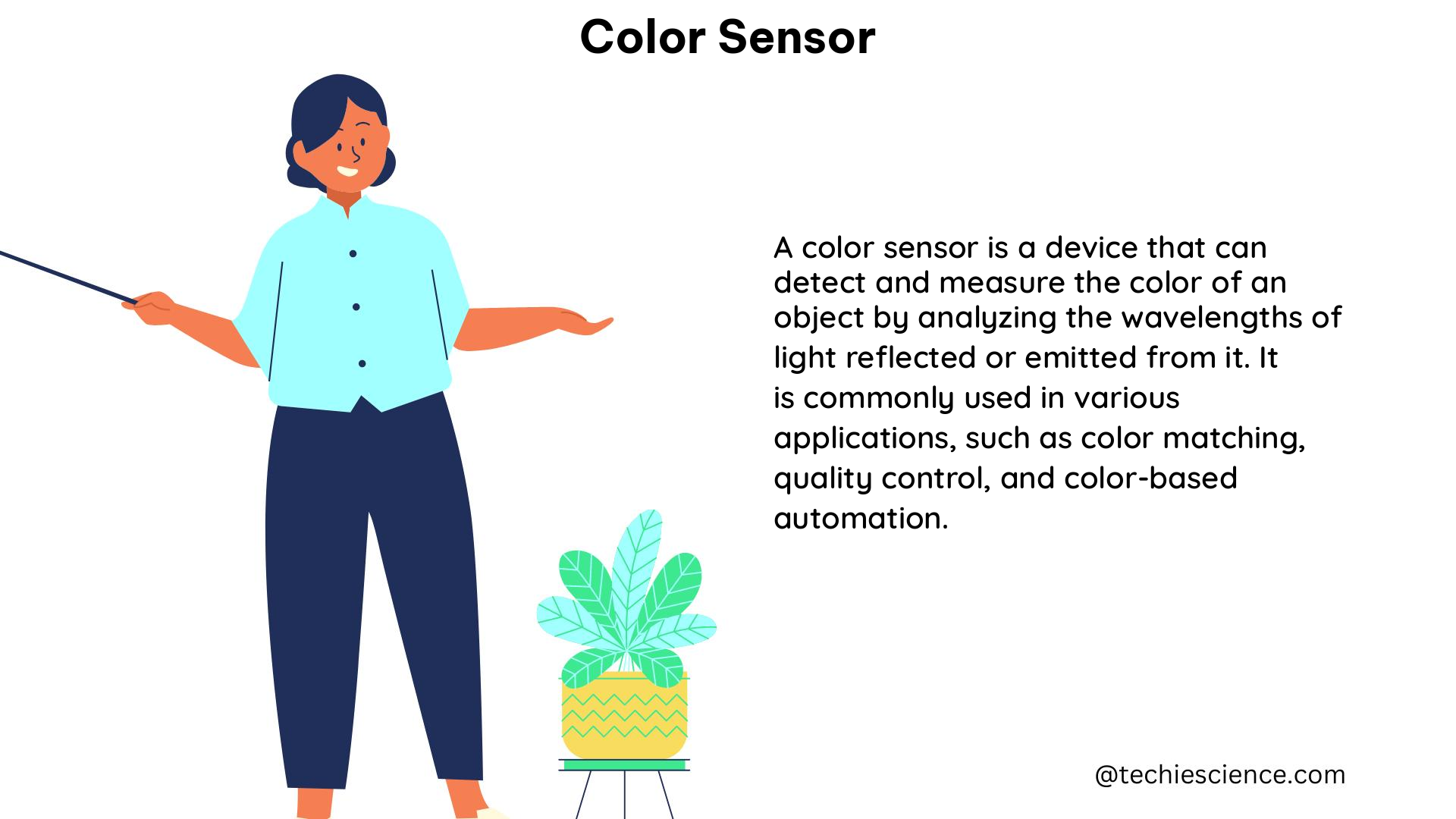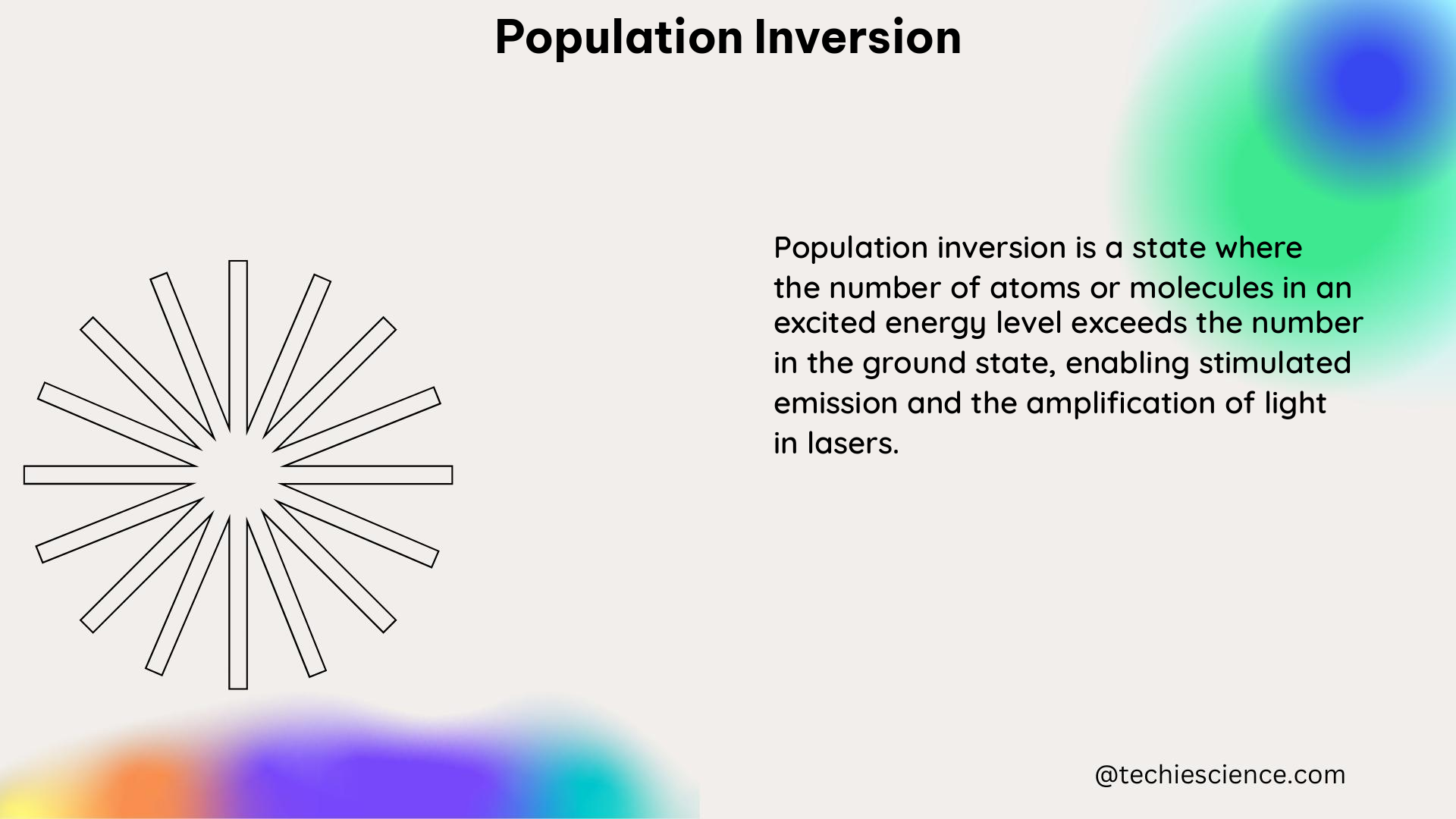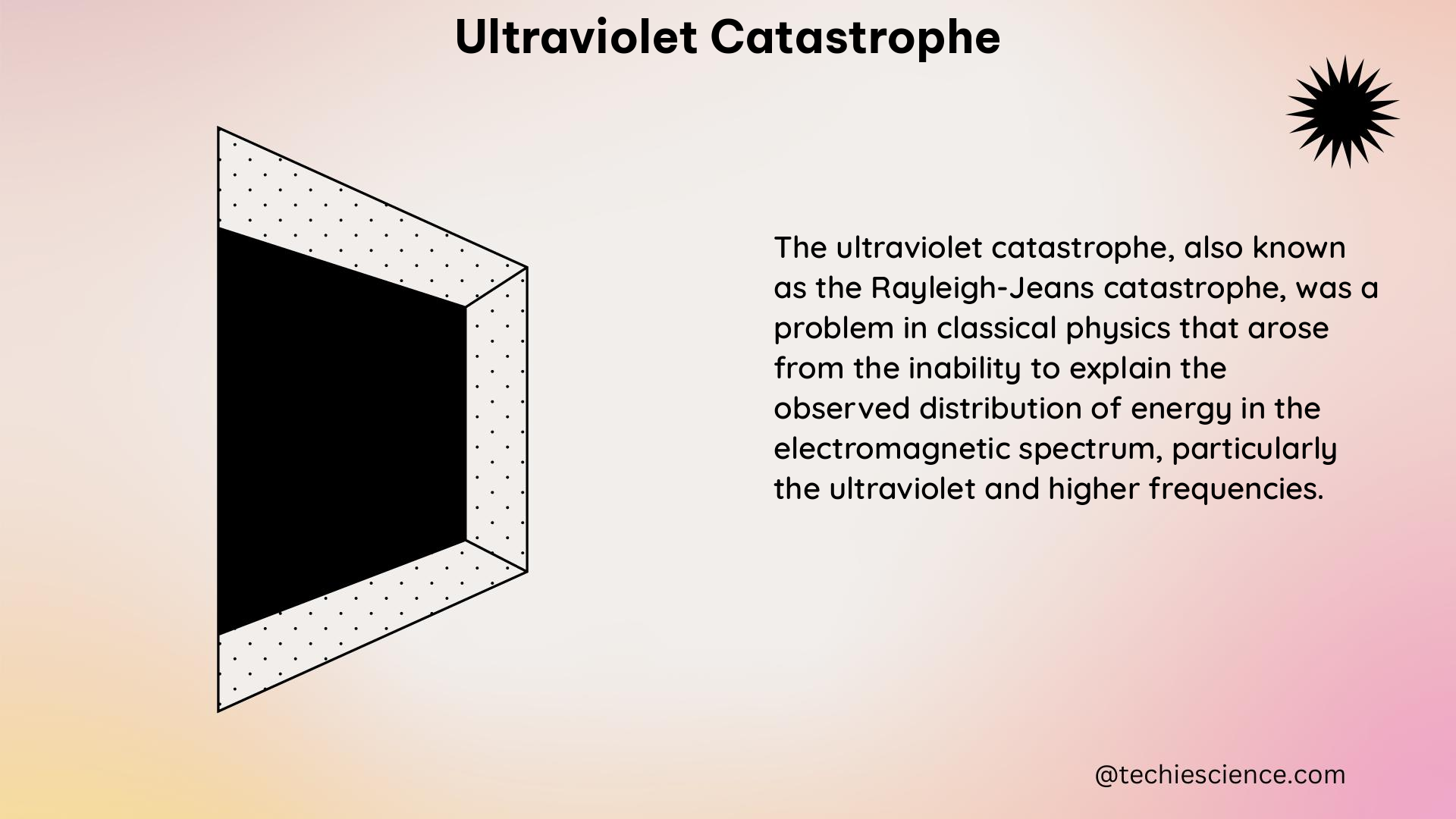Specular and diffuse reflection are two fundamental concepts in the study of optics, with significant implications across various scientific disciplines. This comprehensive guide delves into the intricate details of these phenomena, providing a wealth of technical information, formulas, examples, and practical applications to equip science students with a deep understanding of the subject matter.
Understanding Specular Reflection
Specular reflection is the reflection of light off a smooth surface, where the angle of incidence (the angle at which the light strikes the surface) is equal to the angle of reflection (the angle at which the light is reflected). This type of reflection results in a mirror-like appearance, where the reflected light maintains its original direction and intensity.
The reflectance factor, denoted as R, is a common measurement used to quantify the amount of specular reflection. The reflectance factor is the ratio of the reflected light intensity to the incident light intensity, and it can be expressed as:
R = I_r / I_i
where I_r is the intensity of the reflected light, and I_i is the intensity of the incident light.
The reflectance factor can be measured using a reflectometer, which is an instrument that measures the amount of light reflected off a surface at various angles. The reflectance factor can range from 0 (no reflection) to 1 (complete reflection), and it depends on factors such as the surface material, the angle of incidence, and the wavelength of the incident light.
Snell’s Law and Specular Reflection
The relationship between the angle of incidence and the angle of reflection in specular reflection is governed by Snell’s law, which states that the sine of the angle of incidence is proportional to the sine of the angle of reflection, with the constant of proportionality being the refractive index of the medium. Mathematically, Snell’s law can be expressed as:
n_1 * sin(θ_i) = n_2 * sin(θ_r)
where n_1 and n_2 are the refractive indices of the two media, θ_i is the angle of incidence, and θ_r is the angle of reflection.
Snell’s law is a fundamental principle in optics and is used to describe the behavior of light at the interface between two different media, such as air and a transparent material.
Examples of Specular Reflection
Specular reflection can be observed in various everyday situations, such as:
- Mirrors: The smooth surface of a mirror reflects light in a specular manner, resulting in a clear, undistorted image.
- Polished Surfaces: Highly polished surfaces, such as those found on metal objects or glass, exhibit specular reflection.
- Water Surfaces: The smooth surface of a calm body of water can act as a mirror, reflecting the surrounding environment in a specular manner.
Understanding the principles of specular reflection is crucial in fields such as optics, photography, and materials science, where the control and manipulation of light are essential.
Diffuse Reflection

In contrast to specular reflection, diffuse reflection occurs when light hits a rough or uneven surface and is reflected in many different directions. This type of reflection results in a scattered, matte, or dull appearance, as the light is reflected in various angles rather than maintaining its original direction.
The diffuse reflectance factor, denoted as R_d, is a measure of the amount of diffuse reflection. The diffuse reflectance factor is the ratio of the diffusely reflected light intensity to the incident light intensity, and it can be expressed as:
R_d = I_d / I_i
where I_d is the intensity of the diffusely reflected light, and I_i is the intensity of the incident light.
The diffuse reflectance factor can be measured using a diffuse reflectance accessory, which is a device that collects the diffusely reflected light from a sample and measures its intensity.
Kubelka-Munk Diffuse Reflectance Formula
The Kubelka-Munk diffuse reflectance formula is a widely used method for analyzing diffuse reflection spectra. This formula can provide information about the absorption and scattering properties of a sample, which can be used to identify the sample’s composition and properties.
The Kubelka-Munk formula is expressed as:
K/S = (1 - R_d)^2 / (2 * R_d)
where K is the absorption coefficient, S is the scattering coefficient, and R_d is the diffuse reflectance factor.
By using the Kubelka-Munk formula, researchers can calculate the diffuse reflectance factor and the absorption coefficient of a sample, which can then be used to determine the sample’s chemical composition, particle size, and other physical properties.
Examples of Diffuse Reflection
Diffuse reflection can be observed in various everyday situations, such as:
- Matte Surfaces: Surfaces with a rough or uneven texture, such as paper, cloth, or painted walls, exhibit diffuse reflection.
- Clouds: The water droplets in clouds scatter light in various directions, resulting in a diffuse reflection that appears as the sky.
- Biological Tissues: The complex structure of biological tissues, such as skin or leaves, can lead to diffuse reflection of light.
Understanding the principles of diffuse reflection is crucial in fields such as materials science, remote sensing, and biomedical optics, where the interaction of light with rough or complex surfaces is of great importance.
Practical Applications of Specular and Diffuse Reflection
The concepts of specular and diffuse reflection have numerous practical applications across various scientific disciplines:
- Optics and Photonics: Specular reflection is used in the design of mirrors, lenses, and other optical components, while diffuse reflection is important in the study of light scattering and the development of optical sensors.
- Materials Science: The reflectance properties of materials are crucial in the design of coatings, paints, and other surface treatments, as well as in the characterization of material properties.
- Remote Sensing: Diffuse reflection is used in remote sensing techniques, such as satellite imaging and lidar, to study the properties of Earth’s surface and atmosphere.
- Biomedical Optics: Diffuse reflection is used in various biomedical imaging techniques, such as optical coherence tomography and diffuse optical tomography, to study the structure and function of biological tissues.
- Color and Appearance: The reflectance properties of materials, both specular and diffuse, are essential in the study of color and the appearance of objects.
By understanding the fundamental principles of specular and diffuse reflection, science students can gain valuable insights into a wide range of scientific and technological applications.
Numerical Examples and Problems
To further solidify the understanding of specular and diffuse reflection, let’s explore some numerical examples and problems:
Example 1: Calculating Reflectance Factor
Suppose a smooth, polished metal surface has a reflectance factor of 0.85 for a specific wavelength of light. Calculate the intensity of the reflected light if the incident light intensity is 500 W/m^2.
Given:
– Reflectance factor, R = 0.85
– Incident light intensity, I_i = 500 W/m^2
Using the formula for reflectance factor:
R = I_r / I_i
Rearranging the formula, we can calculate the intensity of the reflected light:
I_r = R * I_i
I_r = 0.85 * 500 W/m^2 = 425 W/m^2
Therefore, the intensity of the reflected light is 425 W/m^2.
Example 2: Applying Snell’s Law
A beam of light traveling in air (n_1 = 1.00) strikes the surface of a glass block (n_2 = 1.52) at an angle of incidence of 30 degrees. Calculate the angle of reflection.
Given:
– Refractive index of air, n_1 = 1.00
– Refractive index of glass, n_2 = 1.52
– Angle of incidence, θ_i = 30 degrees
Using Snell’s law:
n_1 * sin(θ_i) = n_2 * sin(θ_r)
Substituting the values:
1.00 * sin(30°) = 1.52 * sin(θ_r)
sin(θ_r) = (1.00 * sin(30°)) / 1.52
θ_r = sin^-1((1.00 * sin(30°)) / 1.52)
θ_r = 19.47 degrees
Therefore, the angle of reflection is approximately 19.47 degrees.
Problem 1: Calculating Diffuse Reflectance Factor
A sample has a diffuse reflectance factor of 0.6 for a specific wavelength of light. If the incident light intensity is 800 W/m^2, calculate the intensity of the diffusely reflected light.
Given:
– Diffuse reflectance factor, R_d = 0.6
– Incident light intensity, I_i = 800 W/m^2
Using the formula for diffuse reflectance factor:
R_d = I_d / I_i
Rearranging the formula, we can calculate the intensity of the diffusely reflected light:
I_d = R_d * I_i
I_d = 0.6 * 800 W/m^2 = 480 W/m^2
Therefore, the intensity of the diffusely reflected light is 480 W/m^2.
Problem 2: Applying Kubelka-Munk Formula
A sample has a diffuse reflectance factor of 0.75 for a specific wavelength of light. Calculate the ratio of the absorption coefficient to the scattering coefficient (K/S) using the Kubelka-Munk formula.
Given:
– Diffuse reflectance factor, R_d = 0.75
Using the Kubelka-Munk formula:
K/S = (1 - R_d)^2 / (2 * R_d)
Substituting the given value:
K/S = (1 - 0.75)^2 / (2 * 0.75)
K/S = 0.25^2 / 1.5
K/S = 0.0417
Therefore, the ratio of the absorption coefficient to the scattering coefficient (K/S) is approximately 0.0417.
These examples and problems demonstrate the application of the concepts of specular and diffuse reflection in various scenarios, helping science students develop a deeper understanding of the subject matter.
Conclusion
Specular and diffuse reflection are fundamental concepts in the study of optics, with far-reaching implications across various scientific disciplines. By understanding the principles of these phenomena, including the reflectance factors, Snell’s law, and the Kubelka-Munk formula, science students can gain valuable insights into the behavior of light and its interactions with different surfaces.
The practical applications of specular and diffuse reflection span a wide range of fields, from optics and photonics to materials science, remote sensing, and biomedical optics. By mastering these concepts, students can develop a deeper appreciation for the scientific principles that underlie many technological advancements and contribute to the advancement of knowledge in their respective fields.
References
- The Physics Classroom. (n.d.). Specular vs. Diffuse Reflection. Retrieved from https://www.physicsclassroom.com/class/refln/Lesson-1/Specular-vs-Diffuse-Reflection
- Spectroscopy Online. (2023, August 1). A Brief Look at Optical Diffuse Reflection (ODR) Spectroscopy. Retrieved from https://www.spectroscopyonline.com/view/a-brief-look-at-optical-diffuse-reflection-odr-spectroscopy
- ScienceDirect. (n.d.). Specular Reflectance – an overview. Retrieved from https://www.sciencedirect.com/topics/computer-science/specular-reflectance
- Specac Ltd. (n.d.). FTIR – Diffuse and Specular reflectance techniques. Retrieved from https://specac.com/theory-articles/diffuse-and-specular-reflectance-techniques/
- ScienceDirect. (n.d.). Diffuse Reflection – an overview. Retrieved from https://www.sciencedirect.com/topics/engineering/diffuse-reflection

